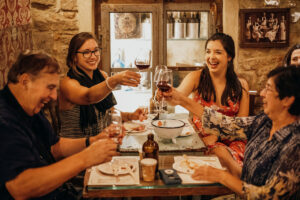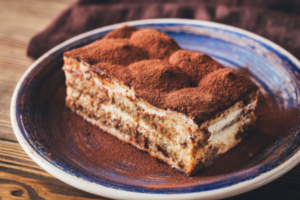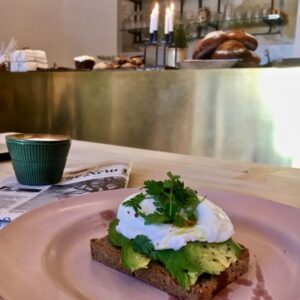Last Updated on December 11, 2025 by Lily Frank | Published: September 29, 2020
Like so many things in Rome, happy hour is a bit slower—and a touch more stylish—than what you might find in other countries. Another important distinction is it’s all about the food—but not in the way you might think!
The word aperitivo itself comes from the Latin verb aperire, which means to open your appetite. While there are snacks to enjoy, aperitivo in Rome is not meant to replace your dinner, but instead, to enhance it.
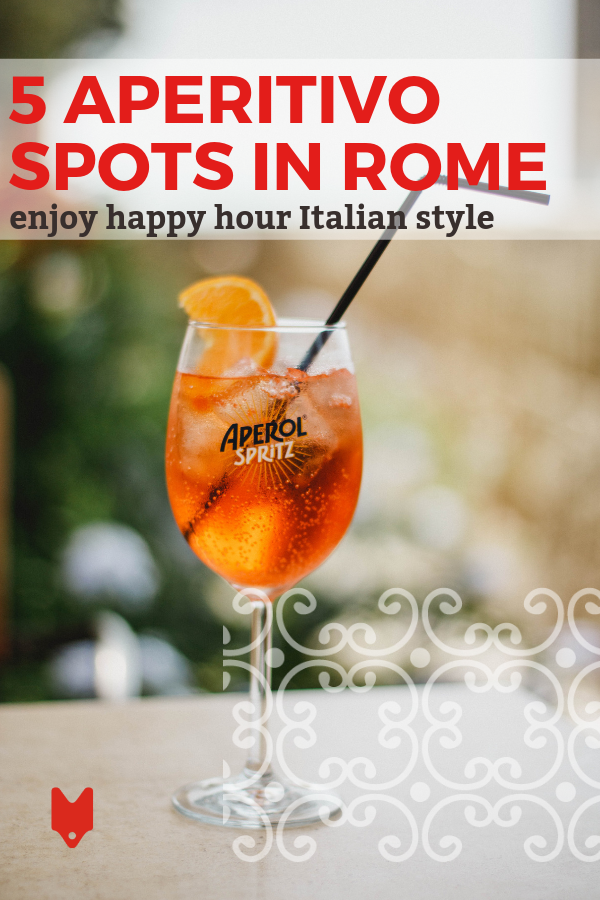
Aperitivo in Rome: The Basics
The aperitivo tradition began in Milan and made its way south to Rome, where it has been welcomed with open arms.
The usual hours to enjoy an aperitivo in Rome are 7 to 9 p.m. While you can order anything you like, you’re likely to see Italians drinking sunset-hued Aperol or Campari spritzes. Both of these drinks are a refreshing mix of bitter liqueur, Prosecco, and sparkling water.
Another popular choice is a Negroni, a drink that packs a real punch with equal parts Campari, gin and vermouth. For a non-alcoholic choice with a similar bitter taste and appetite-inducing quality, order a Crodino.
Your drinks will always come with some kind of salty snack. This could be as simple as a few olives and a bowl or peanuts, a plate of pizza bianca, or even a buffet of more substantial offerings like rice and pasta salads.
Insider’s Tip: If you’re looking for a light dinner on the early side, look for the word apericena. This is a modern aperitif-dinner hybrid that offers drinks and a hearty buffet.
Watch the video below to learn the best ways to enjoy aperitivo in Rome.
The Best Spots for Aperitivo in Rome
La Bottega del Caffè
The Piazza Madonna dei Monti is the heart of the Monti neighborhood. And La Bottega del Caffè (Piazza della Madonna dei Monti, 5) is at its center.
With beer on tap, a range of wines, Prosecco by the glass, and spritzes on the menu, there’s plenty to choose from. A trio of peanuts, olives and potato chips, as well as a small plate of sandwiches and mini pizzas accompany your drink. You can also upgrade and add a pinzimonio, a plate of fresh crunchy vegetables to dip in olive oil.
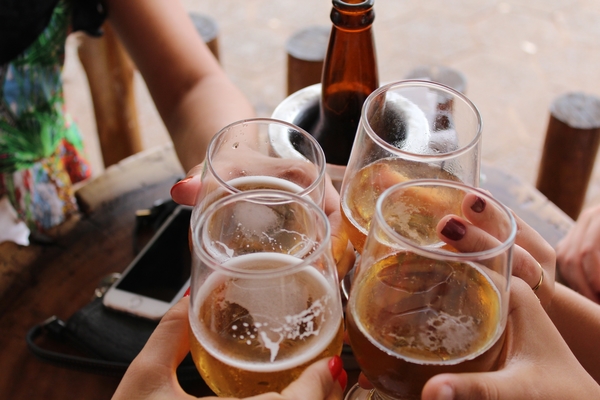
Sorpasso
Il Sorpasso is the perfect spot for a drink after an afternoon at the Vatican museums. The wine list is extensive, and they have a limited cocktail menu. Often packed with stylish locals, the space offers an upbeat, happy vibe and strikes the perfect balance between traditional and contemporary.
The cheese and cured meat plates here are exceptional. They serve cheeses from every Italian region. You’ll find everything from fresh buffalo mozzarella delivered daily from Campania, to creamy aged blue cheese from Piemonte.
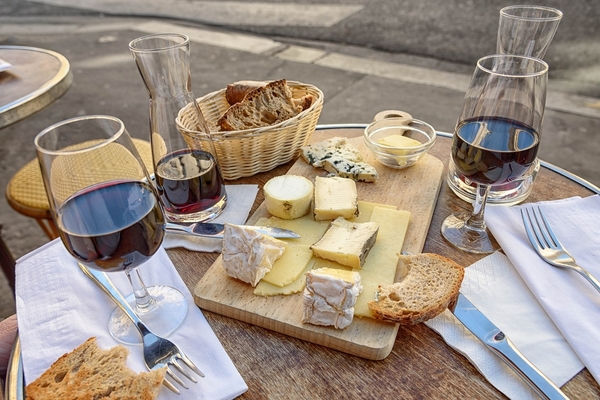
Da Canova Piazza del Popolo
Have your Fellini moment at Bar Canova in the grand Piazza del Popolo. The legendary filmmaker was a regular here, and you can visit a gallery of photographs and his drawings at the back of the cafe.
Sit at one of the covered outdoor tables and have a front-row view of Roman piazza life while sipping your spritz. On summer evenings, aperitivo here comes with a lovely bonus: the soundtrack of live music from the piano bar.
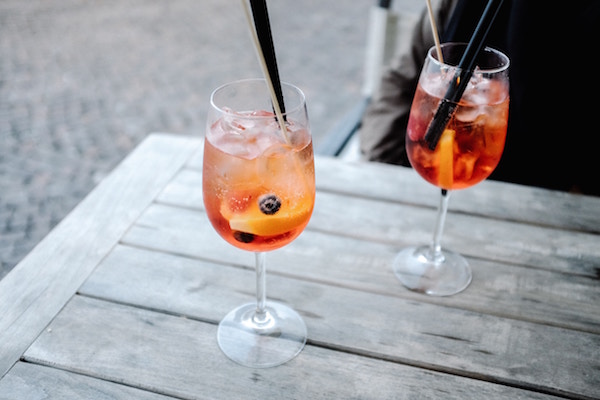
Santo
Santo is a modern bistro and bar tucked away on a quiet street near Piazza San Cosimato in Trastevere. The cocktail list here is creative and fairly priced, and there are often guest bartenders visiting from other top bars in Italy.
Santo specializes in inventive bites with fine-dining flair, such as their ginger, anchovy, butter and lemon zest crumble. A menu with a limited selection of seafood crudo is also available. Both the food and drink menus change depending on the season in order to ensure top-quality ingredients.
Barnum Cafe
Comfy couches and eclectic art add to the cozy vibe at this friendly spot near Campo di Fiori. Barnum Cafe serves both classic and modern cocktails, and was one of the first bars in Rome to embrace the craft cocktail scene. You can also add on a delicious plate of prosciutto, salami and cheese if you are feeling peckish before dinner.
In addition to being one of the best spots for aperitivo in Rome, Barnum also does some seriously incredible coffee. Swing by in the morning to taste their local specialty brews topped off with some impressive latte art.
This blog post was originally posted on April 2, 2019 and was updated on September 29, 2020.
